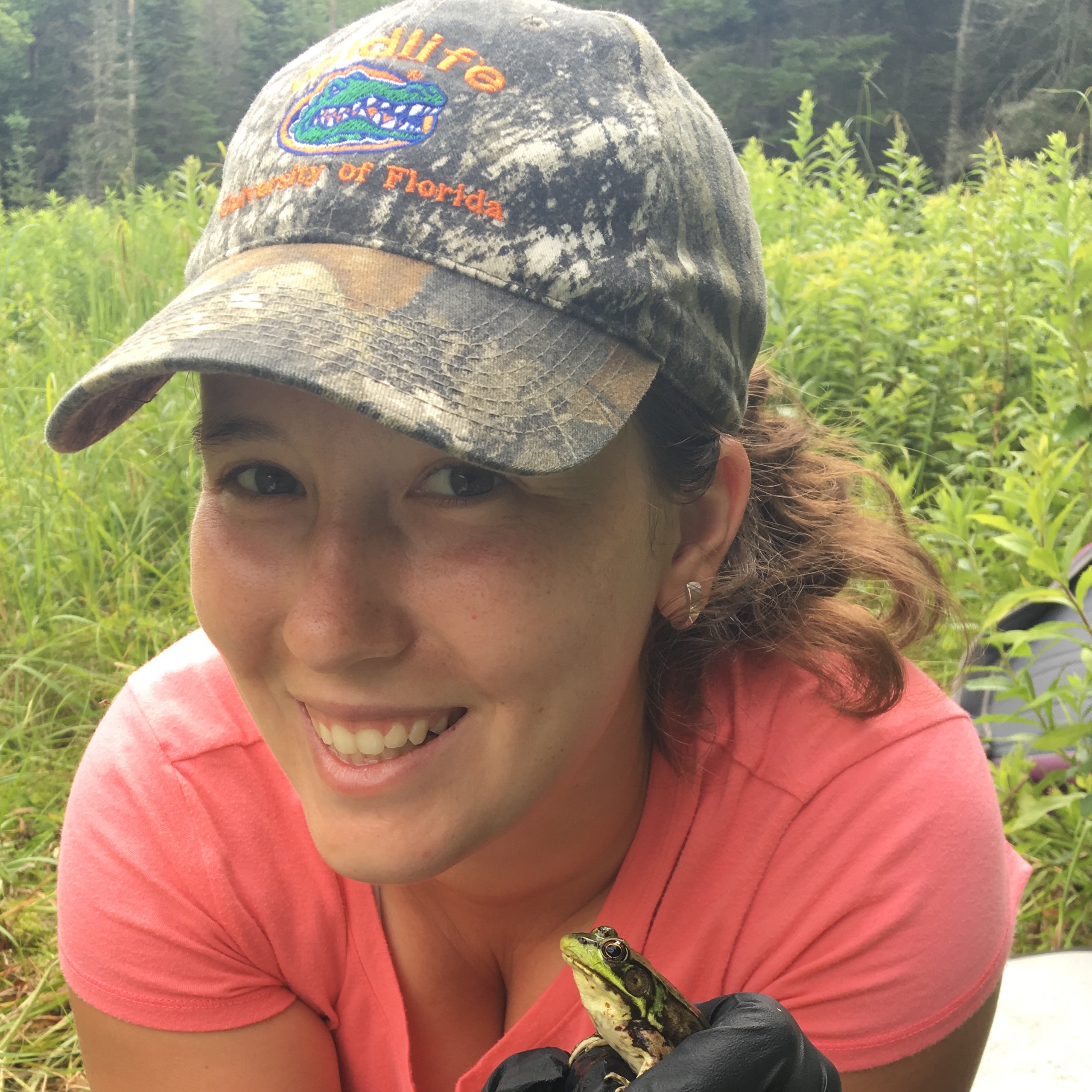About Me

Ash
As a quantitative ecologist and evolutionary biologist, I use computational modeling to address diverse questions. Currently, I am a postdoctoral researcher in the Kramer lab at the University of South Florida. We are using machine learning models to determine whether increased spatial resolution of satellite imagery improves predictions of invasive Aedes aegypti mosquito occurrence and abundance in California. I received my Ph.D. in the Biology department at the University of Vermont with the help of my advisor, Dr. Nicholas Gotelli. My dissertation focused on the effect of host ecology and evolutionary biology on the pathogen dynamics of Ranavirus, an emerging infectious amphibian disease.
